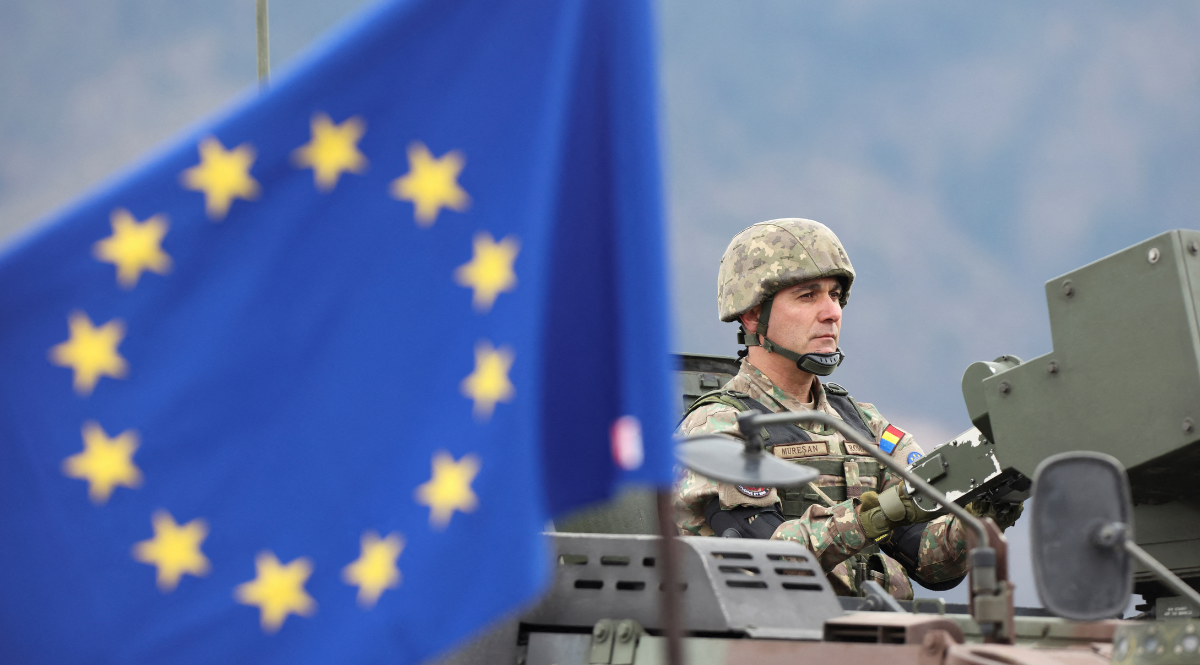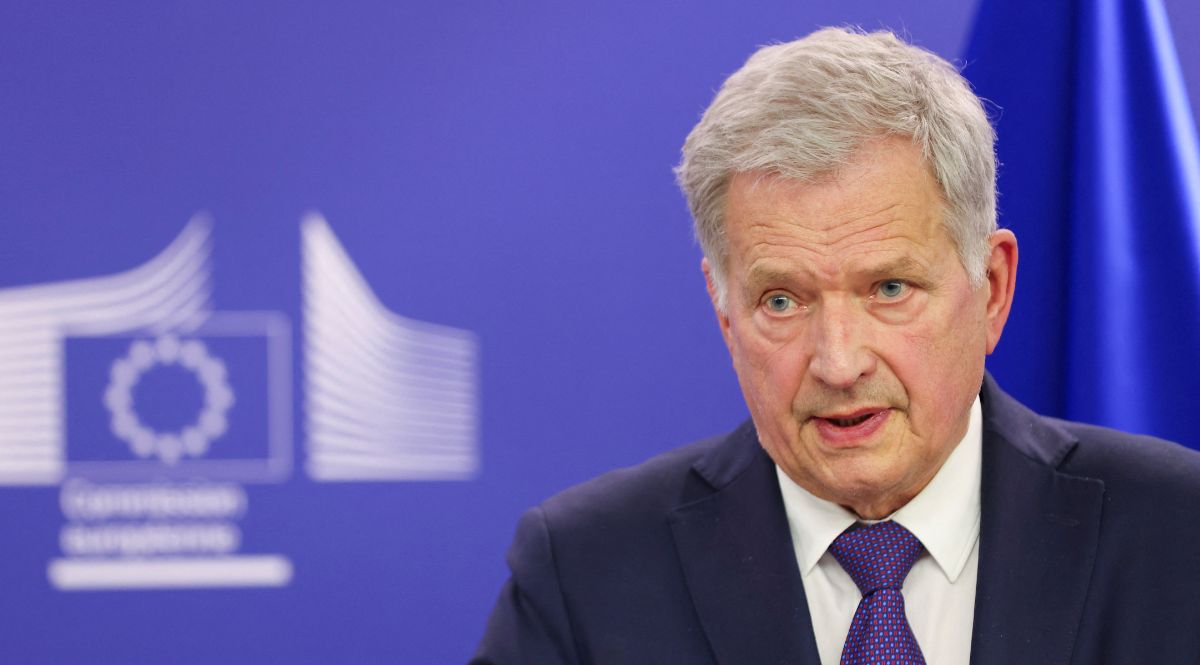SAFE Gives New Impetus to EU Security and Defence
On 29 May, the EU Council adopted the €150 billion Security Action for Europe (SAFE) instrument to support the Member States in strengthening their collective-defence capabilities through investment. This constitutes a response to the threat posed by Russia and the mounting pressure from the U.S. on Europeans to assume greater responsibility for their own security. The effectiveness of SAFE will depend on the quality of the national plans upon which loans will be granted.
 credit: Amel Emric / Reuters / Forum
credit: Amel Emric / Reuters / Forum
What is SAFE?
SAFE is a new financial instrument designed to rapidly increase states’ investment in European defence capabilities by providing €150 billion in loans for joint procurement. In order to qualify for a loan, each state must submit a supported application alongside a national plan justifying the expenditure of funds. The European Commission will assess the applications, which the states must submit within six months of the adoption of the regulation establishing SAFE. The Council of the EU will be responsible for implementing decisions on the amount of loans and advance payments, which may amount to up to 15% of the loan value and will be allocated to the most urgent needs, probably by the end of this year. The loans will be disbursed by the end of 2030 and repaid over 45 years, in order to accelerate investment and spread the costs over time.
How can SAFE improve European defence capabilities?
Through joint procurement, SAFE aims to strengthen investment in the European Defence Technological and Industrial Base (EDTIB), thereby improving the production capabilities of European defence companies and eliminating defence capability gaps in Europe. Consequently, only applications involving cooperation between at least two countries will be eligible for loans. Contracts involving a single country will only be accepted on an exceptional basis and for a limited period.
Furthermore, activities financed under SAFE must fall within the areas identified as priorities by the European Council in March this year in order to ensure that the investments actually increase common European capabilities. These priorities have been divided into two categories. Funding for the second category will be subject to a stricter assessment process to ensure that states retain full control over the products they order. The first category covers ammunition, artillery systems, ground-combat capabilities, critical infrastructure protection, cyber, and military mobility. The second category includes air and missile defence systems, maritime capabilities, drones and anti-drone systems, strategic enablers such as airlift, air-to-air refuelling, C4ISTAR systems, space assets, artificial intelligence, and electronic warfare.
What is the political significance of SAFE?
The adoption of SAFE confirms European states’ determination to take greater responsibility for their own defence, strengthening the basis for independently dealing with future challenges. It is therefore a powerful political statement of European unity in the face of threats. This is evidenced by the inclusion of Ukraine and the EEA-EFTA countries (Iceland, Liechtenstein, Norway, and Switzerland), who will be able to participate in joint procurement and purchase from companies in these states on an equal footing with EU Member States. States that have signed security and defence partnerships with the EU, such as the United Kingdom, or that are candidates for EU membership, will also be able to participate in joint procurement.
These measures are an important element of strategic communication towards Russia, which, according to numerous European intelligence reports, poses a military threat to EU and NATO members, and confirmed by incidents in the Baltic Sea region and the ongoing reform of the Russian armed forces. At the same time, they respond to plans by the U.S. administration to lower its contribution to European security, aiming to reduce dependence on American armaments. Agreements under the SAFE scheme must therefore guarantee that the cost of components from outside the EU, EEA-EFTA states, and Ukraine does not exceed 35%.
What does SAFE mean for Poland?
The adoption of SAFE is a success of the Polish EU Council presidency, which managed in just two months to negotiate the final form of the regulation and secure its adoption by the Member States (with Hungary abstaining from the Council of the EU vote). Increasing investment in European defence companies is in Poland’s strategic interest, as it seeks to defend itself against the threat posed by Russia. At the same time, however, it is important for Poland that the EU maintains open relations with key partners, such as the United Kingdom and Ukraine. The adoption of SAFE also creates opportunities for Polish defence companies, increasing their production capacity and strengthening their cooperation with European partners, thereby raising their profile in the common market. The rules set out in SAFE emphasise access to the defence market for SMEs and new companies, providing an opportunity to balance investments in large European companies, such as those in Germany and France.




.png)
.jpg)